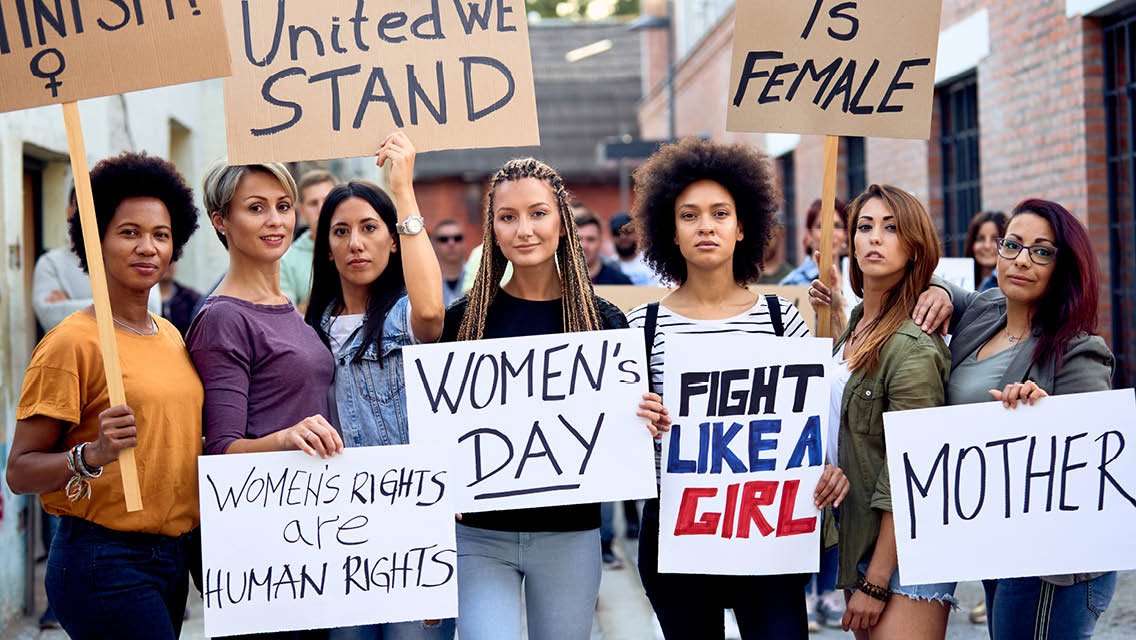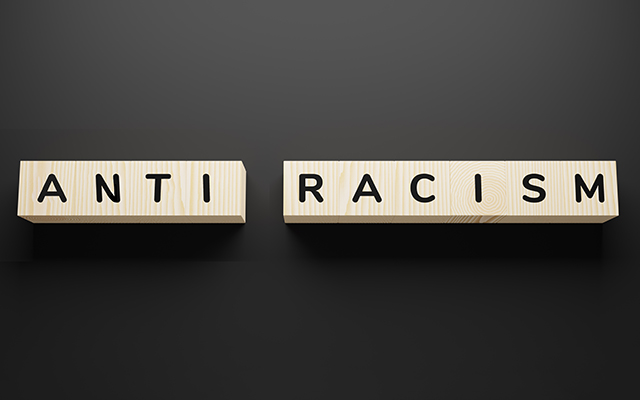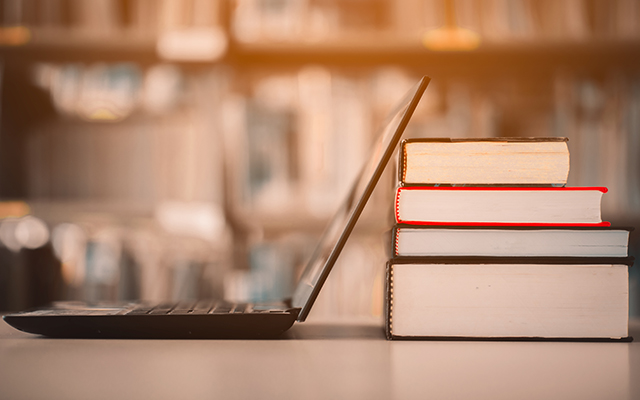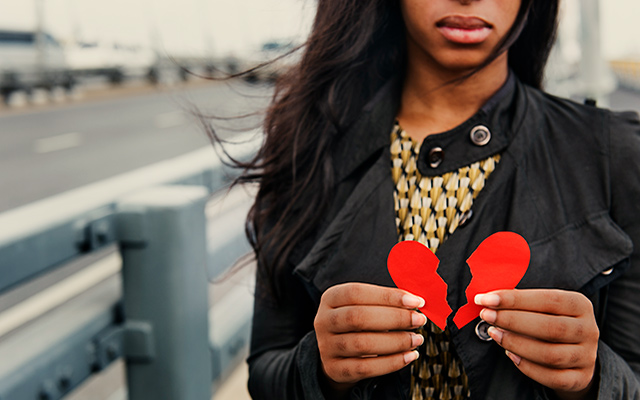Hello, it’s me again. Back with a similar story: the same pain, the same march in the streets, the same heartbreak as humanity struggles to make progress. On Sunday, April 11, a 20-year-old unarmed Black man was shot and killed during a traffic stop in Brooklyn Center, Minn.
Once again, our Twin Cities reel. Once again, our Black community demands us to see the connection: Are we willing to acknowledge that human rights and civil rights for any one demographic affects the collective health and well-being for everyone?
As Daunte Wright was shot by a 26-year veteran police officer (who has since resigned and been charged with second-degree manslaughter) a few miles away, lawyers prepped for the next day’s court proceedings in the trial of former Minneapolis police officer Derek Chauvin, who was charged with the murder of George Floyd. That same week, body-camera footage was released of the police shooting and death of 13-year-old Adam Toledo in Chicago. The violence is overlapping. The confusion, frustration, and anger is deepening our chasm of mistrust of each other.
Last year after watching the footage of George Floyd’s death, I took a walk with my sister-in-law. I tried to collect my thoughts, stay calm, and smile to make her comfortable — as many Black people feel we have to do — but I couldn’t. I buckled over and wailed on our wooded trail, thinking about a police officer who could do such harm to a human being who pleaded for his life — a man who shouted “mama” as he went unconscious.
I hear George Floyd’s call for “mama” and it haunts me. While people tried to search for a reason for such excessive force, painting a picture of a man who struggled with drug use and had other issues with the law, I saw a man hurt and in need. I saw my son, my cousin, my father, my uncle. He called for “mama” and this mama could not sit quiet and idle any longer.
I’m an unlikely activist, I’ll admit it. I wasn’t raised to draw attention, and I spent most of my life following the rules and trying to fit in. It’s a message that I was taught as a woman, as a biracial woman, and as a Black woman. I’ve heard similar messages from first-generation immigrants — we all want the so-called American dream to come true, and we find ourselves conceding parts of our identity to blend into the majority. But at some point, we start to wonder: Who gets to live out that vision, and who is the American dream really for?
Many activists have grabbed the bullhorn and asked us all to look at our systems and society with this question in mind. Last summer, the Black Lives Matter movement started to gain wider acceptance. Of course, there was pushback, and not everyone could agree on all the tenets for change (remember, in the 1960s, Dr. Martin Luther King Jr. and Malcolm X differed on some ideals and approaches, but they both were seeking equality for African Americans).
But the core message of BLM — that all lives cannot matter until Black lives matter — resonated. People started to become interested in how to be anti-racist, why there are health consequences linked to racism, how people can supportthe Black community, and why we struggle to both acknowledge and undo unconscious bias.
The times I have joined protests have been uplifting — the energy of the crowd has made me feel less alone in my emotional distress. There’s a unifying charge that creates a sense of purpose, and for a moment, it seems like positive change is possible. It’s something that community organizers note when tirelessly working to bring people together.
“Successful movements also have broad appeal,” writes Black Lives Matter cofounder and longtime community organizer Alicia Garza in her book The Purpose of Power: How We Come Together When We Fall Apart. “They aren’t just groups that everyone knows about; they are what everyone wants to join because they know that if that movement can win, it will change their quality of life.”
Garza, who started the BLM movement with Patrisse Cullors and Opal Tometi in 2013, describes her upbringing and how a desire for a better life motivated her mom’s journey from Ohio to New York to the military to working in a California prison. Our elders have this gift to bequeath the torch of rightness, justice, equality, and a better world to their children. Both my grandmothers have passed, but each offered their contributions through their children and our multiracial, multicultural families.
Black women have long been involved in activism — think Angela Davis, Rosa Parks, Marsha P. Johnson, Audre Lorde, and Sojourner Truth — and they have been at the forefront of establishing major organizations like the NAACP. But often they’ve gone unheard or unrecognized because of the intersectional discrimination of both racism and sexism, notes Indiana University historian Amrita Chakrabarti Myers, PhD, in an interview with Well+Good.
And it’s often the mothers of those who died who, somehow, in their grief, push all of us slowly forward toward justice. It was Emmett Till’s mother, Mamie, who wanted her son’s body to be seen in an open casket so the community could face the horror. When Amadou Diallo, a West African immigrant, was shot by New York City police 41 times in the doorway of his Bronx apartment building, his mother flew to the United States and begged for justice for her son.
Because it feels like this story repeats, it can feel demoralizing. Last year I was activated and joined Life Time’s Inclusion Council, which is aimed at creating healthy environments where all individuals feel welcomed, respected, supported, and valued. The connections with my teammates and leaders have recharged me — and I’ve even seen it buoy my mental health.
With a shared mission for the greater good, we’ve been able to support one another and find ways to make Life Time a place for everyone. We know the benefits of health, fitness, and wellness are exponential, and participating in this group has renewed my purpose to invite more people to our amazing spaces and pass along this life-changing information.
I also connected with some neighbors and we started a group to organize donations, provide education and resources, and seek ways to build bonds within and outside our tight-knit community.
After this past week, I needed those groups. I needed my team and my community. I needed to make time for fitness with my coach’s program and plan out self-care sessions, including walks alone in the woods. I had to remember Audre Lorde’s words from her 1988 essay collection A Burst of Light: “Caring for myself is not self-indulgence, it is self-preservation, and that is an act of political warfare.”
Knowing how to battle burnout with self-care is key for activists: Drink plenty of water, eat nourishing foods, sleep well, and nurture relationships and activities outside of your activism, notes writer and therapist Alexandra Smith, MA, LPCC, in “Self-Care for Activists.”
Activism isn’t easy, and the answers these groups seek may not come easily or quickly. Knowing we’re not alone in a quest to come together so we can all thrive, be safe, and live well, however, gives me hope.





This Post Has 0 Comments